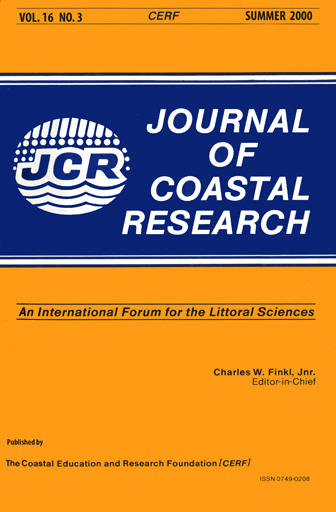Storm Impact Scale for Barrier Islands
Keywords:
Tropical storms, extra-tropical storms, swash, sand transportAbstract
A new scale is proposed that categorizes impacts to natural barrier islands resulting from tropical and extra-tropical storms. The proposed scale is fundamentally different than existing storm-related scales in that the coupling between forcing processes and the geometry of the coast is explicitly included. Four regimes, representing different levels of impact, are defined. Within each regime, patterns and relative magnitudes of net erosion and accretion are argued to be unique. The borders between regimes represent thresholds defining where processes and magnitudes of impacts change dramatically.
Impact level 1 is the 'swash' regime describing a storm where runup is confined to the foreshore. The foreshore typically erodes during the storm and recovers following the storm; hence, there is no net change. Impact level 2 is the 'collision' regime describing a storm where the wave runup exceeds the threshold of the base of the foredune ridge. Swash impacts the dune forcing net erosion. Impact level 3 is the 'overwash' regime describing a storm where wave runup overtops the berm or, if present, the foredune ridge. The associated net landward sand transport contributes to net migration of the barrier landward. Impact level 4 is the 'inundation' regime describing a storm where the storm surge is sufficient to completely and continuously submerge the barrier island. Sand undergoes net landward transport over the barrier island; limited evidence suggests the quantities and distance of transport are much greater than what occurs during the 'overwash' regime.


